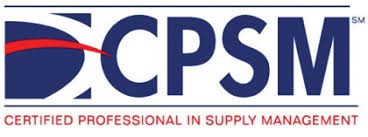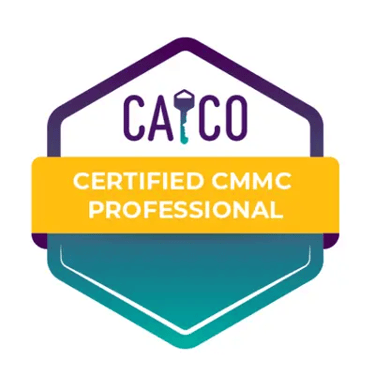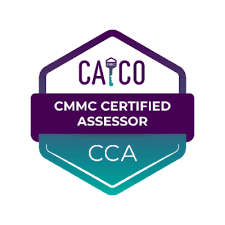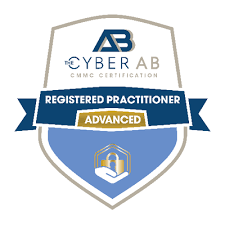Untangling the UEI, CAGE, and CMMC Connection
Luis G. Batista C.P.M., CPSM

Untangling the UEI, CAGE, and CMMC Connection
As CMMC 2.0 moves closer to full implementation, many contractors, especially those with multiple locations, are realizing that compliance isn’t just about technology. It’s also about how your business is structured in SAM.gov and how those structures affect your cybersecurity responsibilities.
UEI and CAGE: Understanding the Parent–Child Relationship
Each UEI (Unique Entity ID) in SAM.gov represents a distinct business entity, essentially the legal “parent.”
Each CAGE Code (Commercial and Government Entity) identifies a specific location or facility under that parent (child).
If you have more than one CAGE code, or if you plan to outsource work to another facility within your own company, the rules don’t change just because you share ownership.
CMMC and NIST 800-171 requirements flow down to every location (child) that handles Controlled Unclassified Information (CUI).
If one site is certified and another isn’t, CUI cannot move freely between them. Every location touching that data must be included in the certified boundary or maintain its own compliance posture.
NIST 800-171: The Foundation of CMMC
CMMC 2.0 isn’t a new standard—it’s built directly on NIST SP 800-171 Rev. 2.
That means before you can be CMMC-certified, you must already be NIST compliant.
You’re considered NIST compliant when:
You’ve implemented the 110 controls from NIST SP 800-171.
You’ve completed your self-assessment and posted your SPRS score.
But remember, that score isn’t just a number. it’s a declaration of cybersecurity readiness. Every control you claim as “implemented” must be supported by real evidence: policies, procedures, screenshots, logs, and configurations. DCMA or a C3PAO can request this proof at any time.
The Reality for Small Businesses
Let’s be honest, this is a heavy lift, especially for small contractors juggling operations, contracts, and compliance. CMMC can feel like a full-time job. But there’s good news:
You do have time. The DoD rollout extends over several years.
The upcoming three-year certification cycle means you won’t need to re-certify annually.
Achieving CMMC Level 2 will give your company a competitive edge that lasts for years.
In the meantime, bring your organization up to CMMC Level 1. That’s a “Met or Not Met” self-assessment reported through PIEE (Procurement Integrated Enterprise Environment).
Level 1 focuses only on Federal Contract Information (FCI) and doesn’t require an SPRS score.
Once Level 1 is stable, start building toward CMMC Level 2, which adds the NIST 800-171 controls and evidence requirements for handling CUI.
Staying Practical and Cost-Conscious
You don’t have to face this alone. There are ways to minimize costs and reduce complexity:
Use automated GRC tools (like CyberComply) to centralize documentation, policies, and evidence.
Leverage existing IT controls instead of reinventing them.
Document segmentation and scope carefully so only CUI-handling systems fall under CMMC.
Focus first on governance knowing where your data lives and who has access.
Final Thoughts
Compliance isn’t just a checkbox—it’s a differentiator. As DoD contractors across the country work toward CMMC certification, those who start early will stand out to primes and agencies looking for trusted, secure partners.
Keep your structure clear, your boundaries defined, and your documentation ready.
CMMC may be complex, but with the right guidance and tools, it’s absolutely achievable.
CyberComply
+1 (305) 306 - 1800
©2023 Armada Cyber Defense LLC (ACD), DBA CyberComply, ALL RIGHTS RESERVED. ACD is a for profit entity, not associated with the Small Business Development Center (SBDC), Apex Accelerators, Florida International University (FIU), the Small Business Administration (SBA), the Department of Defense, (DOD), or any of their stakeholders
Simplifying CMMC certification for defense contractors through automation and expert guidance.






